So I know this isn't the recommended technique (preallocating is better), but I got really curious about this timing behavior; I'm curious what might be happening under the hood.
In my head, adding an element to an array could induce a couple different reasonable behaviors in memory depending on implementation: (1) amortized, it would take the same amount of time to add an element like in a linked list where you maintain a pointer to the last element, (2) it could take a big chunk of time now and then to preallocate enough memory for, say, twice as many elements as currently in the list (like a Java array), (3) something more clever than I can think of.
MATLAB seems to do something wonky that I don't quite grock. There seems to be a linear increase in cost with occasional spikes. Any guesses (or intelligent explanations) of what it might be doing? I averaged over simulations (which, I submit, might hide some interesting patterns).
This is what happens when you add one element to the end of an initially empty list iteratively. Why the linear increase? Is there a cool reason for those seemingly periodic spikes?
The code I used to generate it:
% for averaging over
num_averages = 100000;
% number of simulations
num_sims = 10000;
% the time it takes to add one more item, array
time_store = nan(num_sims, num_averages);
% averaging count
for i = 1:num_averages
% an array that grows with every loop
building_array = [];
for j = 1:num_sims
tic;
building_array = [building_array 1];
time_store(j, i) = toc;
end
end
plot(mean(time_store, 2)); hold all;
xlabel('Element num'); ylabel('Time');

